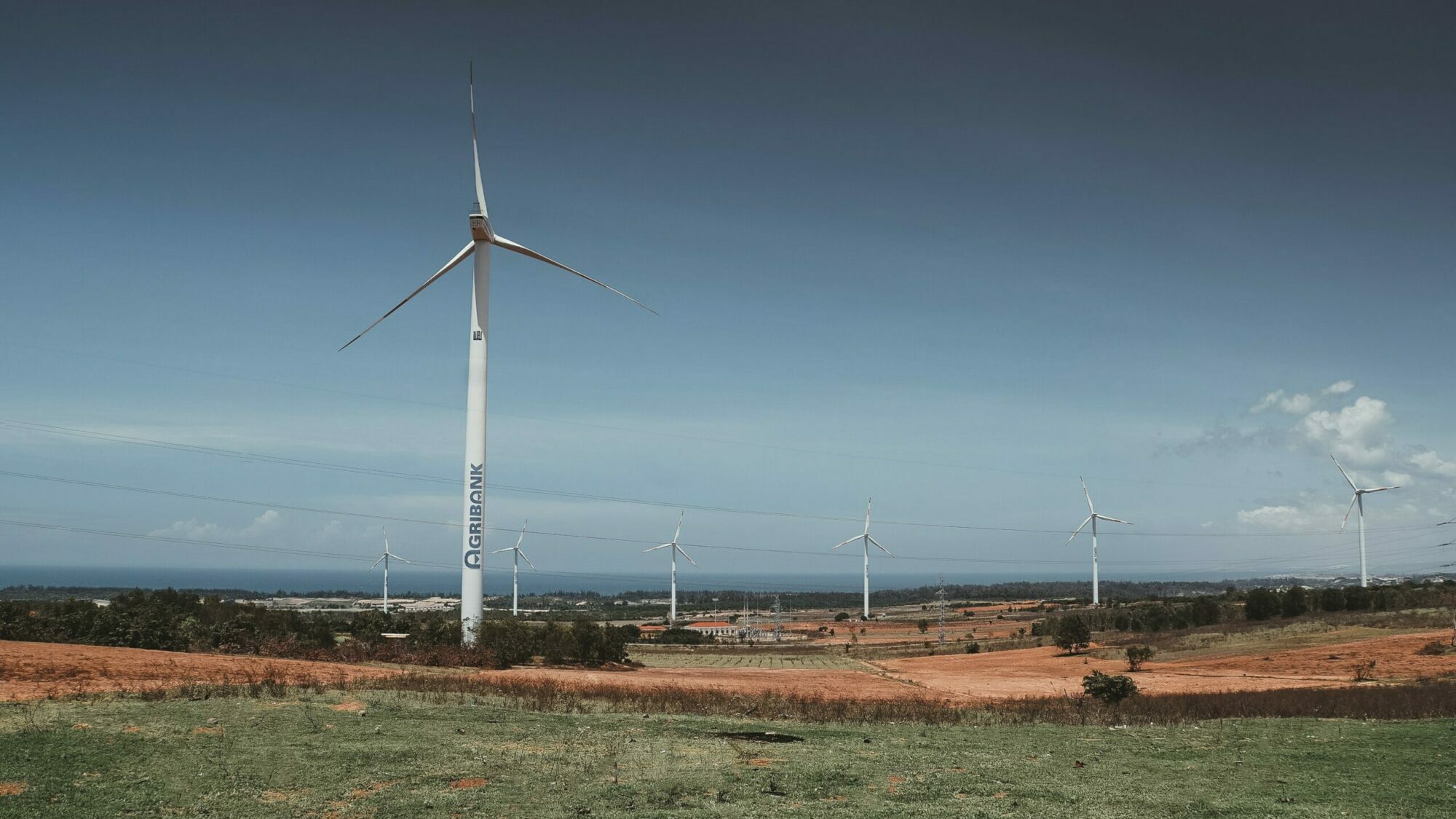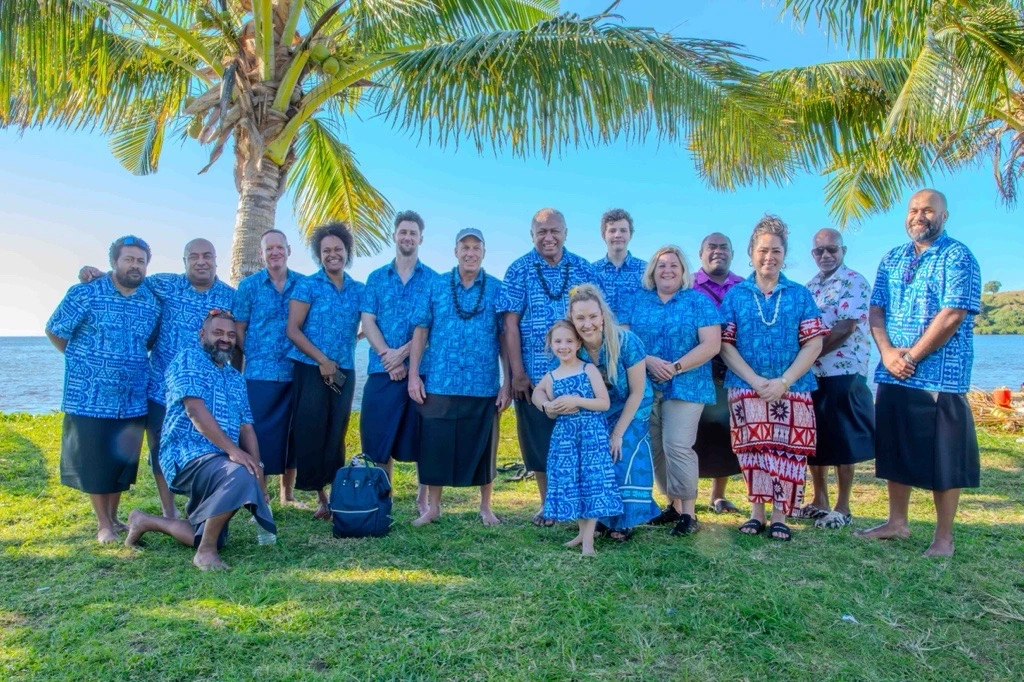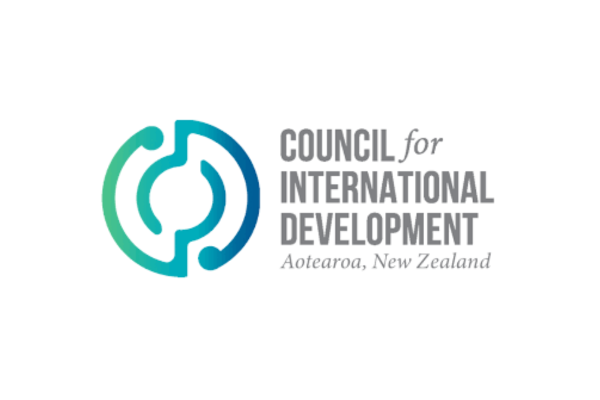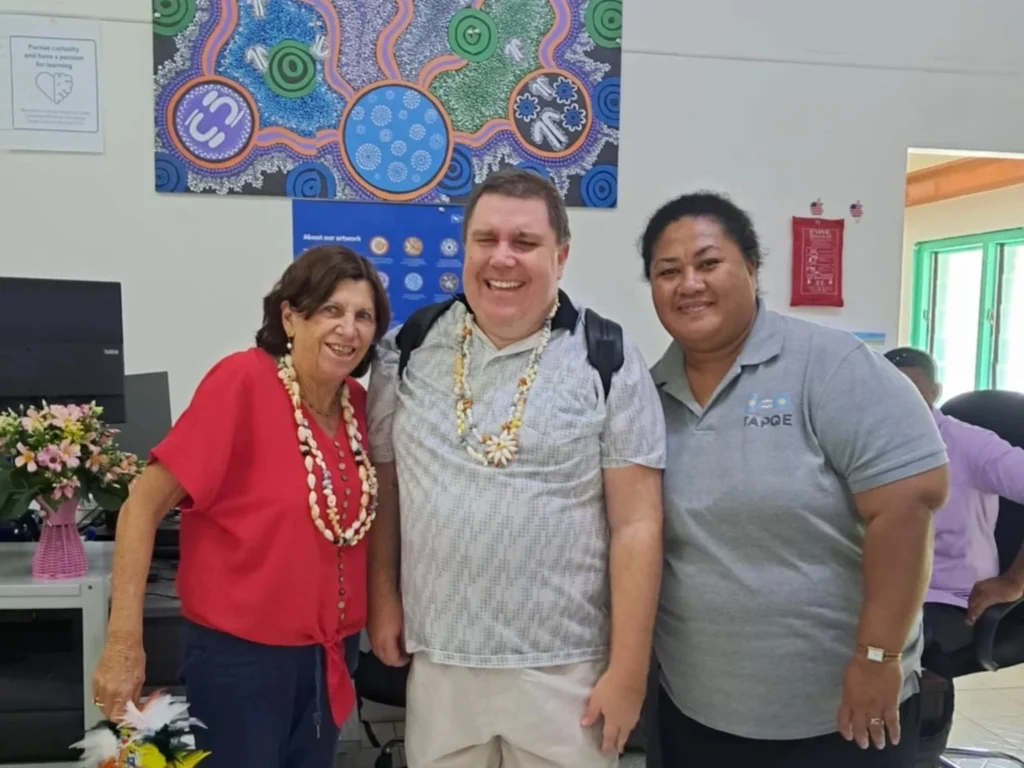

This article is written by Amy Gildea, based on her recent address to the Council for International Development’s Annual Conference,Global Development: Competing Priorities in a Conflicted World.
The Pacific region is undergoing a seismic shift in power dynamics, driven by the rapid expansion and modernisation of the People’s Republic of China’s (PRC) military arsenal. This shift challenges the status quo and the revisionist politics of regional power.
The emerging multipolarity and competition for power in the Pacific herald a time of potential conflict. These underlying currents are not going anywhere, and they will shape our generation and the future. How we humanise, environmentalise, and culturise the work we do with sovereign nations in the Pacific is critical, requiring a rethinking of the securitisation narrative and a shift toward a relational security paradigm. The leading development thinkers of our time – Epeli Hau’ofa, Reverend Professor Upolu Vaai, Aisake Casimira, Professor Manulani Meyer, Steven Ratuva and Maima Koro – eloquently argue that the ability to develop a “whole of life” relationality and partnership consciousness will influence how we forward-position and maintain expeditionary logistics across the Great Ocean Nations. The fundamental importance of littoral regions and archipelagos highlights the need for relational security that goes beyond the trilateral AUKUS agreement. The Blue Pacific represents solidarity, and relational security is about embodying “a whole of life consciousness that includes every dimension of life.”
The Ethical Dilemmas of Geopolitics in the Blue Pacific
In the Blue Pacific Continent, we face ethical dilemmas. What is the impact of the PRC’s Belt and Road Initiative, its maritime positioning in the West Philippine Sea, and its naval activities for the Pacific? What we need is a new narrative centered on relational security, one that cannot exist without a focus on the ocean – the aina moana (the sea, land, and sky). It is a maritime narrative.
Everything we know about life is embodied in these three elements. A wealth of data flows across the seabed, along with spiritual and economic value under and over the waves. The oceans carry protections for the planet and threats to our way of life, manifesting in economic crises and climate change.
Claims to territorial waters are shifting, creating maritime insecurity. Sea level rise and climate change will lead to new territorial claims. Some atolls will disappear, reshaping the Exclusive Economic Zones (EEZs), where contested zones exist we will see a rise in illegal activities.
Complexity of Trade and Maritime Threats
The complexity of trade at sea, along with the regional lens required to tackle maritime threats – from illegal fishing to human trafficking and biosecurity hazards – demands stronger cooperation among stakeholders. The number of actors and stakeholders is increasing, and strong cooperation is needed to combat illegal activity. Civil maritime safety and security are necessary to address the dark fleet we see rising.
The Indo-Pacific is home to major sea lanes that connect Africa, the Middle East, Europe, Asia, and Pacific economies, positioning it as the centre of global growth and vitality. A “whole of life” approach that secures life on, in, and around the ocean is indispensable to both regional security and the global economy.
He Whakaputanga Moana: A Landmark Treaty
On March 28 this year, Indigenous leaders from Aotearoa New Zealand, the Cook Islands, Tahiti, Tonga, Hawaii, and Rapanui ratified He Whakaputanga Moana (Declaration for the Ocean), recognising whales as legal persons with inherent rights. These rights include freedom of movement, a healthy environment, and the ability to thrive alongside humanity.
In this context of strategic competition, AUKUS, and climate change, relational security provides a “whole of life view on security” embodied within the Pacific’s seafaring history and the legal instruments and protections characterised by He Whakaputanga Moana. Alongside civil maritime contributions to economic and maritime safety and security, the additionality of non-kinetic deterrence and statecraft will maintain strategic balance and ensure peace.
The Pacific Islands boast one of the world’s oldest continuing maritime cultures and eco-spiritual connections to the sea. Preserving this culture as a meaningful contribution to global security is essential, ensuring the right approach prevails.
Naval diplomacy, maritime security, humanitarian operations, maritime communications, maritime trade, and power: All of these domains require a shift in thinking, especially around environmental security and freedom of navigation. We need to address these challenges across multiple domains, with a focus on relational security, not just naval power, to drive peace.
What Does This Mean for Economic and Maritime Infrastructure in the Pacific?
As the contours of global power shift, and medium and small powers find new roles, we need to rethink our understanding of geography – the land, the sea, and the sky. How we conceptualise geography from this multidimensional perspective is critical. All centres of international trade are in littoral regions, including 80% of the Pacific region’s cities. Papua New Guinea alone has 16 maritime provinces out of 22. The confluence of rapid urbanisation, economic opportunity, and geography has seen Pacific populations cluster in littoral areas – all infrastructure is within 25 kilometres of the coast.
Investing for the Future: People, Partnerships, and the Military Industrial Base
To secure the Pacific’s future, we need:
- People: We must invest in people with the right skills who can humanise, environmentalise, and culturise relationship-building across the Pacific. This will help facilitate, protect, and sustain the land, sea, and sky. We also need to address human capital challenges like the youth bulge and demographic transitions, offering opportunities and climate policies that minimise warming or support migration. New skills will need to be developed, and we must decolonise our ways of acting to enable this.
- Partnerships: The scale of support required for Pacific institutions, particularly in seafaring policymaking and response, is critical. How do we ensure they have the capacity to lead at scale? Cooperation with governments, the private sector, and civil society across Australia, Asia, and the Pacific is essential. Multilateral cooperation is a necessity. We need to plan for what we can achieve together, involving but not limited to:
- Joint exercises with like-minded nations
- Cooperation with coast guards
- Capacity exchange programs
We must also be discerning in our partnerships, moving beyond the binary approach to focus on relational security.
- Strategy, Doctrine, and Operating Concepts: Both naval and civil capacity support for Pacific Island Countries (PICs) are urgently needed to address maritime threats. PICs need demonstrable control over their waters, with statecraft and sea power forming critical short- and long-term strategies. Cultural and technical transformations will also be essential for partners engaging the Pacific.
- Industrial Base and Procurement: We must break away from traditional procurement paradigms and localise efforts to deliver lasting benefits to Pacific economies. This process must be grounded in respectful relationships and mutuality, ensuring an ongoing social license to operate.
By embracing relational security, the Pacific region can chart a new course towards a future where peace and prosperity are built on a millenia-old foundation of respect, cooperation, and interconnectedness.
Feature image courtesy of Council for International Development Aotearoa New Zealand.



